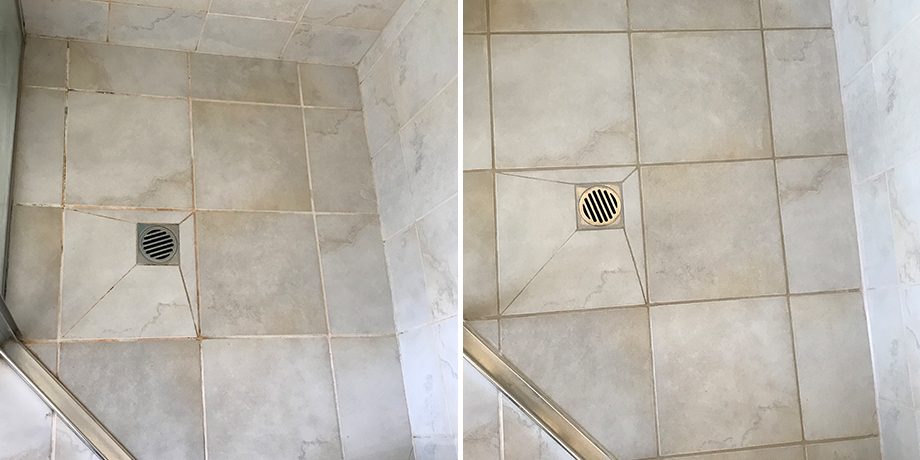How to Fix and also Avoid Bathroom Water Damage
How to Fix and also Avoid Bathroom Water Damage
Blog Article
How do you really feel in relation to Common Causes of Water Damage in a Bathroom?

The shower room is exceptionally at risk for damp accumulation as well as possible water damage due to the regular use water in it. This short article uses straightforward examination strategies to aid spotting water damages threats.
The frequent use of water in the bathroom makes it exceptionally vulnerable for damp build-up as well as possible water damage. By evaluating it regularly, you can decrease water related problems.
The complying with set of examinations is simple to perform and also ought to be done as soon as in every 3 months in order to keep your washroom healthy and also to avoid possible water damages caused by the bath tub, the shower, pipe joints and also plumbing, sinks, cupboards, and also the bathroom
Do not neglect executing these inspections and also be extensive while performing them. Bear in mind that these basic inspections can conserve you a lot of money by providing very early indications for water damage
Sinks and also Cabinets
Sinks as well as cupboards are revealed to moisture and also humidity day-to-day and are usually neglected. Check routinely under the sink as well as on the countertop above it. Fix any drip in the catch as it may suggest drainpipe problems. Browse the sink, slow draining pipes might indicate a blocked drainpipe. Replace sink seals if they are split or loosened.
Bathtub as well as Shower
The shower and also bathtub need unique attention as well as upkeep. Check the ceramic tiles and also replace if broken. Make certain that there is no missing grout in between the floor tiles. Inspect as well as change fractured caulking at joints where the walls satisfy the flooring or the bathtub. Clogged drains pipes and also pipelines problems will stop the bath tub from drying out and may suggest significant problems below the tub. Talk to a specialist immediately to prevent structural damage. Focus on stainings or soft locations around the bathtub walls as they may suggest an inner leakage.
Plumbing
Signs for water damages are hard to spot because many pipes are set up inside the wall surfaces.
Pay unique focus to floor covering and also wall surfaces moisture as well as discolorations as they might show an invisible plumbing problem. Check moisture levels in adjoining rooms also.
The Bathroom
The commode is a susceptible water junction. Inspect the water lines and search for leaks around the toilet seat, in the hose, and under the water container. If you detect any signs of dampness on the flooring around the commode, look for leakages in the toilet edge as well as storage tank seals.
Understand that hanging bathroom bowl deodorants increases the chances for obstructions.
10 TIPS TO PREVENT WATER DAMAGE IN THE BATHROOM
The average household uses approximately 80-100 gallons of water per person per day. For a family of 4, that's almost 2,500 gallons of water a week! The largest portion of this consumption comes from bathroom use. Flushing the toilet uses the most water, followed by taking a shower or bath. With that much water running through the home, water damage in the bathroom is bound to happen. Knowing how to spot signs of a water leak is essential to preventing long-term damage. This guide provides you with tips to reduce the impact of water damage on your bathroom.
CAUSES OF BATHROOM WATER DAMAGE
Pipe breaks are the most common cause of water damage we see in our daily jobs. The age of a pipe plays a large role in a pipe break as well as corrosion. Over time, the metal begins to break down, allowing water to escape. Frozen pipe breaks are also a concern in the winter months. Toilet overflows caused by paper products or children flushing inappropriate items. Degraded caulking around the toilet or bathtub can allow water seepage, sometimes behind the fixture, into the subfloor or walls. Condensation forms when the water in a pipe is cooler than the air temperature. Beads of water form on the exterior of the pipes, sometimes so much so that the water begins to drip and pool below. Sink or shower backups created by poor drainage. HOW TO PREVENT WATER DAMAGE IN YOUR BATHROOM
Inspect your toilet supply line for worn or frayed hoses and replace them as needed. Winterize your plumbing to prevent a frozen pipe break. Use vent fans to prevent condensation that can lead to mold growth. Routinely check and replace degraded caulking around your toilet or bathtub. Increase the temperature in your toilet tank and insulate your pipes during the warm summer months to keep condensation from forming. Use child safety locks on the toilets. Flush only toilet paper. "Flushable" wet wipes are actually not good for your plumbing system. Additionally, feminine hygiene products should not be flushed. Prevent water from escaping the tub or shower. Make sure shower curtains are in good condition. Inspect shower doors and replace the seal strip if necessary. Wipe up any water that accumulates on the floor and use bath mats. Water left to sit can cause damage to the tiles and flooring. Refrain from using bath products containing heavy oils to avoid a clogged drain.

Hopefully you enjoyed our article about Looking for Signs of Water Damage in the Bathroom. Thank you for taking the time to read through our blog. Sharing is good. Who knows, you could be doing someone a favor. We cherish reading our article about Looking for Signs of Water Damage in the Bathroom.
Quote & Schedule Report this page